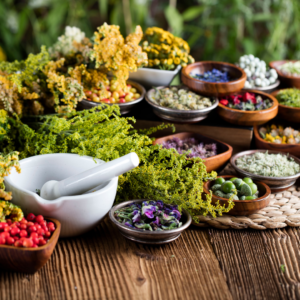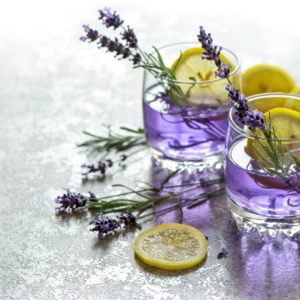
If you’ve ever tried the same strain twice and had two wildly different experiences, you’re not alone. And no—you’re not imagining it. That difference you’re feeling? It’s likely the result of what’s called the entourage effect.
In short: it’s the way cannabis compounds team up.
Most people hear the word “cannabis” and think about THC or CBD. But those are just two pieces of the intricate puzzle. The plant contains hundreds of compounds—numerous cannabinoids, terpenes, and flavonoids—and when they’re working together, they create a deeper, more nuanced experience. That interaction is what scientists refer to as the entourage effect.
This is why one THC-dominant strain might make you feel anxious, while another with the same THC level helps you unwind like you’re floating. The supporting cast matters and teamwork makes the dream work.
Let’s talk terpenes or terps. These are the aromatic compounds found in plants (not just cannabis), and they’re responsible for the flavors and smells we love—think citrus, pine, lavender, spice.
But they don’t just smell good. Terpenes like myrcene, limonene, and linalool have been shown to influence how cannabinoids interact with the body’s endocannabinoid system. Some enhance absorption. Others moderate the effects. In the right balance, they make a big difference.
For example:
Here’s the thing: If you’re only shopping based on THC percentage, you’re missing the full picture.
That’s part of the reason we built Mixturus the way we did—and why RITE exists at all. We believe people deserve more control over their experience, and that starts with understanding the chemical profile behind each session.
We’re not just chasing potency. We’re chasing precision.
The next time you try a strain, pay attention to more than just the numbers on the label. Ask about the terpene profile. Start to notice how combinations affect you. Use devices that preserve those subtleties (vaporization, especially convection-based, makes a huge difference here).
The entourage effect isn’t just a theory—it’s your ticket to more consistent, personalized sessions.
Let’s keep elevating the way we experience this plant.
—
Want to dive deeper into terpenes or find your favorite combo? Check out our blog archives.
A note from the author: Thank you for taking the time to read this. Feel free to share anything you would like to learn about!
Sign up for our newsletter to get the latest from the Rite Innovations team.